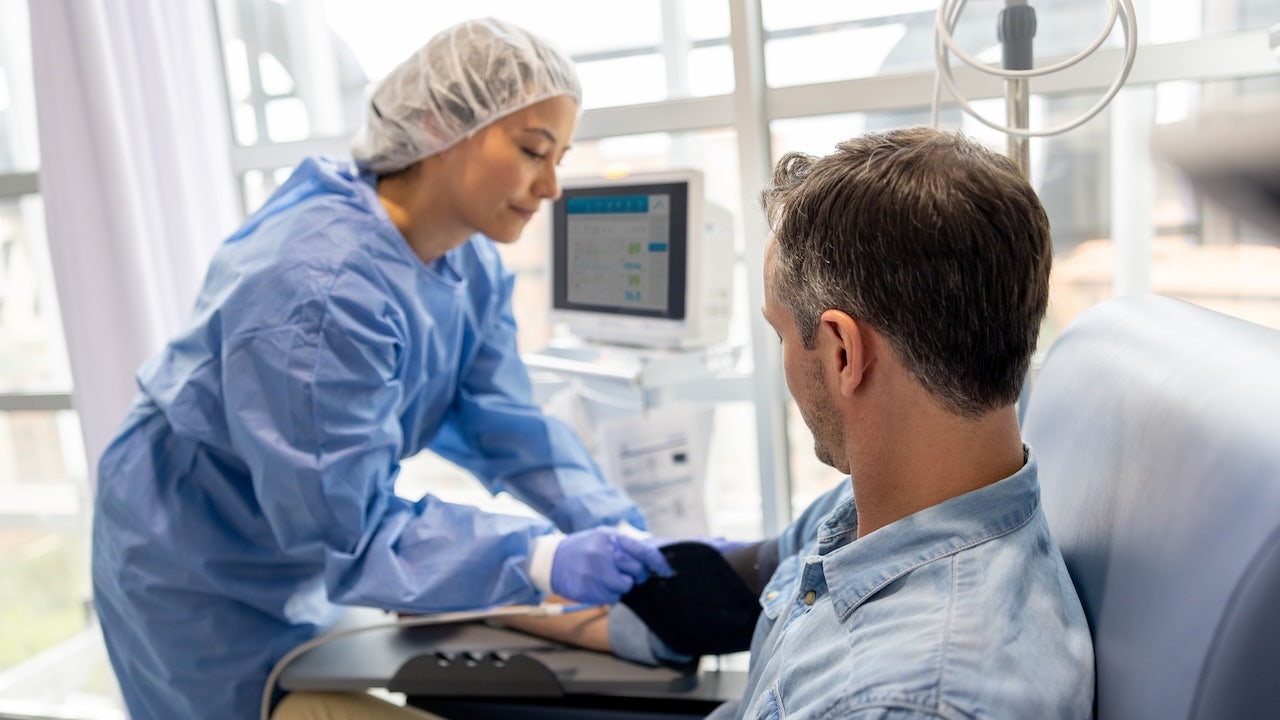B.C.’s 911 software too slow to recommend CPR, says witness at inquest into student’s overdose death

An expert in emergency medicine, Dr. Michael Kurz, testified at the Sidney McIntyre-Starko coroner’s inquest, shedding light on the shortcomings of the software used by British Columbia 911 operators. According to Dr. Kurz, the medical priority dispatch system (MPDS) utilized by 911 call-takers takes too long to recommend potentially life-saving cardiopulmonary resuscitation (CPR), failing to meet the “agreed-upon standard of care.”
Dr. Kurz, an emergency physician and professor of medicine at the University of Chicago, expressed his concerns about the order in which the MPDS directs operators to perform life-saving measures. While acknowledging that CPR instructions are buried within the protocols of the system, he emphasized the inefficiency in the system’s decision-making process.
The proprietary software, MPDS, developed by a Salt Lake City company and licensed in British Columbia, guides 911 operators through a series of questions and protocols to determine the appropriate response during emergency calls. However, in the case of Sidney McIntyre-Starko, an 18-year-old who tragically died of an accidental fentanyl overdose in her University of Victoria dorm room, concerns were raised regarding the timeliness of the response from campus security and the administration of naloxone and CPR.
Dr. Kurz referenced the American Heart Association’s simplified protocol, known as “no-no-go,” which he believes could have potentially saved McIntyre-Starko’s life. The no-no-go system streamlines the decision-making process for 911 operators by prompting them to ask two critical questions: Is the patient conscious, and is the patient breathing normally? If the answer to either question is no, CPR is immediately advised, and a priority paramedic response is initiated.
While Dr. Kurz acknowledged the potential for an over-response of resources with the no-no-go system, he emphasized that the margin of error is acceptable when it comes to saving lives during time-sensitive emergencies such as cardiac arrest. In contrast, an advisor for MPDS, Brett Patterson, defended the software at the inquest, attributing the issue in McIntyre-Starko’s case to the caller’s description of the situation rather than the system’s protocols.
Patterson, the standards council chair of the International Academies of Emergency Dispatch, argued against the oversimplification of protocols like no-no-go, citing the complexity of medical emergencies such as fentanyl overdose, which can rapidly lead to respiratory failure and cardiac arrest. While CPR can sustain a person in cardiac arrest by maintaining oxygen flow and blood circulation, the intricacies of each emergency call must be carefully considered.
As the inquest into Sidney McIntyre-Starko’s death continues, the debate over the efficacy of emergency response protocols and the role of technology in guiding life-saving interventions remains a critical topic of discussion.




